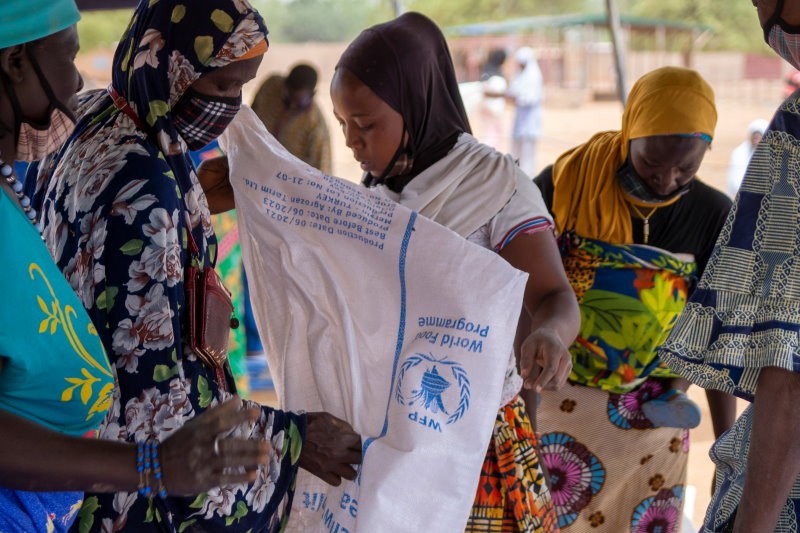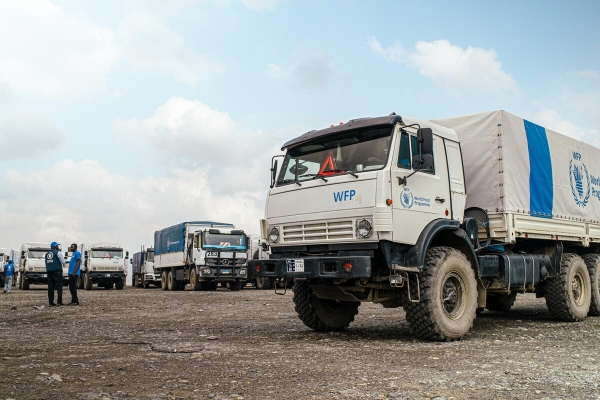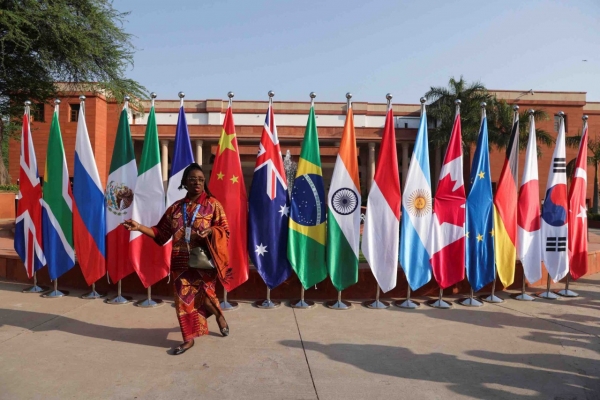On November 13, the United Nations World Food Programme (WFP) predicted that food insecurity levels in East Africa could remain high until early 2024.
 |
| East Africa faces a food crisis, contributing to a decline in economic life and security. (Source: WFP) |
Regional conflicts, poor economic conditions and high costs of living continue to impact food security and nutrition across East Africa, the WFP report said.
Beyond the macroeconomic factors, the conflicts in Ethiopia, South Sudan and Sudan have had a severe impact on vulnerable populations such as migrants and refugees. As of September 2023, some 62.6 million people were food insecure, with four of the nine countries in the region – Ethiopia, Somalia, South Sudan and Sudan – being the most affected by the global food crisis.
Some 18.2 million East Africans are internally or internationally displaced, including 5 million refugees and asylum seekers and 13.2 million internally displaced. In Sudan alone, more than 4 million people have been internally displaced since the conflict began and more than 1 million others have migrated across borders.
In addition, high production and transportation costs, as well as international trade fluctuations, continue to put pressure on food commodity costs in local markets.
A strong El Nino and Indian Ocean Dipole (IOD) weather event is expected to result in abnormally high rainfall from November 2023 to January 2024 across equatorial and southern East Africa, mainly in southern Ethiopia, Somalia and Kenya.
Above-average rainfall is forecast to bring positive results for agriculture, livestock productivity and reproduction. However, WFP notes that localized severe flooding in low-lying and riverine areas is likely, causing damage to crops, livestock, infrastructure, displacement of people and outbreaks of infectious diseases.
Source

































![[Photo] "Beauties" participate in the parade rehearsal at Bien Hoa airport](https://vstatic.vietnam.vn/vietnam/resource/IMAGE/2025/4/11/155502af3384431e918de0e2e585d13a)































































Comment (0)